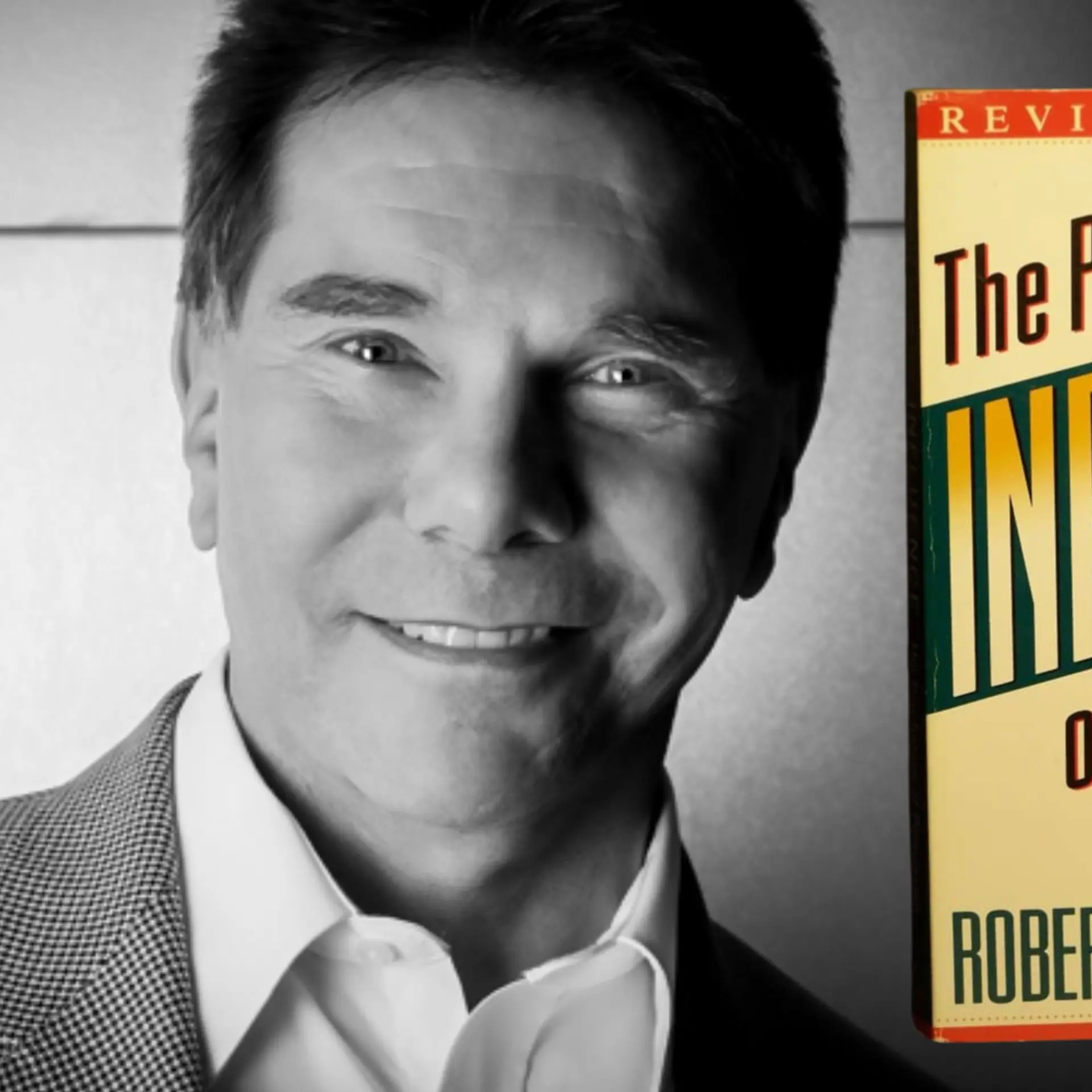4 reasons why digital media is not going to disrupt the consumption of movies
There is no denying the fact that digital industry in India, as a whole, is growing. Ad spends by brands are increasing albeit slowly, more and more users are accessing it thanks to the internet penetration, there is a new generation of consumers aka millennials, and more and more businesses are taking shape in the online space. The signs are positive.
If we focus on the media and entertainment industry, digital consumption of content is also on the rise, be it in the form of video capsules, some of which go ‘viral’, or repeat telecasts of TV shows or other native content created by YouTube channels.
But what about the movies? Is the digital landscape going to disrupt how movies are consumed?

The answer, in my opinion, is No.
Disruption and digital are the new buzzwords but they are often thrown around without understanding the relevance vis-à-vis the industry dynamics.
Apart from the apparent reasons of limited broadband penetration and slow speed of the internet, there are a few critical reasons why the internet may not be a severe competition to cinema halls explained below in order of importance –
The 70mm experience
Watching movies in a cinema hall is more about the experience than just about the availability. It’s the combination of sitting in a dark hall and watching the movie on a big screen with superior picture/sound quality.
It’s also about the factor of social viewing. How many times does one go to a cinema hall alone? Not very often.
We either go with our friends, partner, spouse or family. It’s an integral part of our idea of ‘taking a break from work’ and ‘outing’.
Theaters, in fact, compete more with entertainment parks than with the internet (paid form of downloads) as both of them are fighting for the entertainment share of a family’s monthly expense.
Competition
The biggest competitor for digital releases will not be cinema halls. It will be the illegal downloading sites, especially from the Indian context. Would the majority prefer to pay for content released digitally when the same would be available for free downloading in a couple of days? What is the value addition?
The question then becomes one of changing habits. We are so used to free content online that it will be nearly impossible to expect the same set of consumers to pay for the movie to watch it online. This is one of the reasons why the Home Video / DVD market share for movies in India was never a significant revenue source compared to how it was in the West.
Piracy affects theaters as well but it will be more detrimental if films start releasing digitally only.
This is more of a cultural-cum-habitual issue than it is to do with technological laggardness.
The numbers don’t add up
A movie can take anywhere between INR 15 million to 1000 million to make. Add to that the cost of marketing. In the current eco-system, there is negligible chance of recovering that amount of investment. Why?
The number of online transacting consumers in India is 25 million. Although not directly correlated, it gives a fair idea that we have time to go to and even reach the stage where there is a substantial sample size that has the ability (let alone the desire) to pay for a movie online such that it can make its money back.
Misleading comparison of TV with films
The whole discussion started when YouTube channels started getting popular to the extent that now they have become a threat to TV. But the only similarity between TV and films is that both deliver content. The dynamics of both are vastly different.
a. While TV depends on brands and advertisements (not subscriptions) for its revenues, films depend on the end consumer for purchasing the tickets.
b. TV shows are based on appointment viewing and with YouTube, one gets the option of convenience of viewing the shows as and when they wish to. But when it comes to films, the option of choosing to watch a particular movie at a particular time slot already exists.
c. TV shows have 8-10 minute ads for every 20 minutes show which gives an opportunity for a viewer to switch to online where the ads are only for a couple of minutes. Films have no such ads and the interval at a cinema hall is not a complaining factor. Besides, the attention span of the online consumer suits content of a shorter duration for impulse viewing and not for feature length films of 100+ minutes.
How serious (or not) a threat is YouTube to TV?
We don’t know. Would a ‘Comedy Nights with Kapil’ or an ‘Emotional Atyachaar’ be as successful if it were released only on YouTube? We don’t know and that’s a matter of a different discussion.
But would a ‘Vicky Donor’ or ‘Dhoom 3’ make as much money online as they did at the box office? The answer is a resounding No.
When TV became popular, it was thought to disrupt the movie going experience in the 1940s-50s in the West. Gradually, it has become a healthy source of supplementing revenue.
Digital is likely to play a similar role. There is promise of the platform in providing significant supplementing revenue but it most likely will not disrupt the multiplex industry.
Think about it. Just because you can order food at home, does that mean restaurants will cease to exist in the future?
The author, Punit Thakkar is a film business enthusiast. Having worked on the marketing side and been in close proximity to the creative side, he believes commerce and creative can be blended perfectly. Currently, he works at Sikhya Entertainment (formerly known as Anurag Kashyap Films). To reach out, @punit_416 on Twitter.
The views expressed are personal to the author and not to either Sikhya Entertainment or YourStory.







